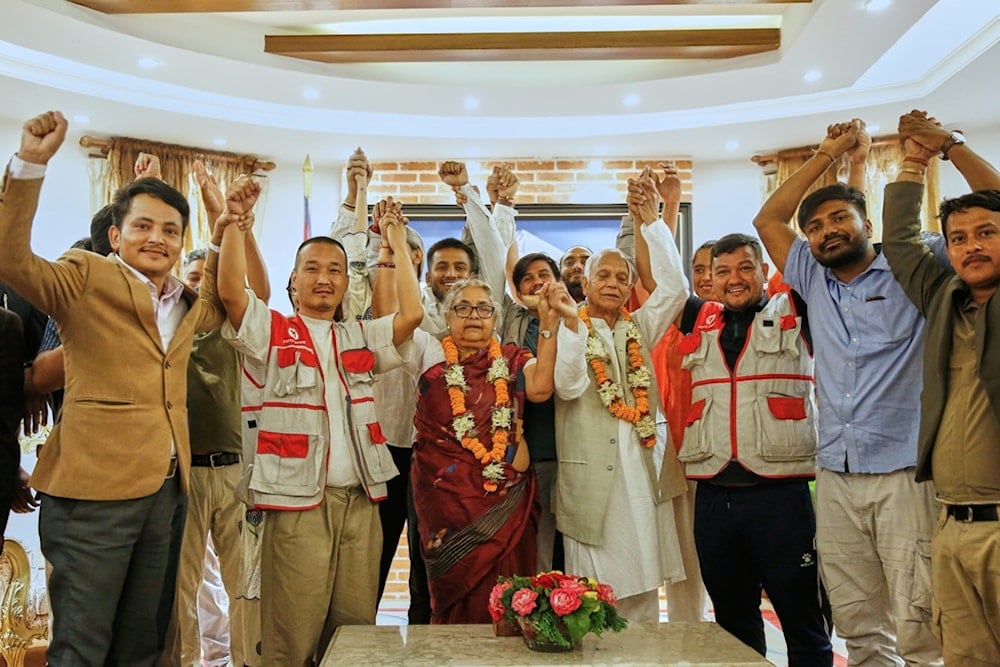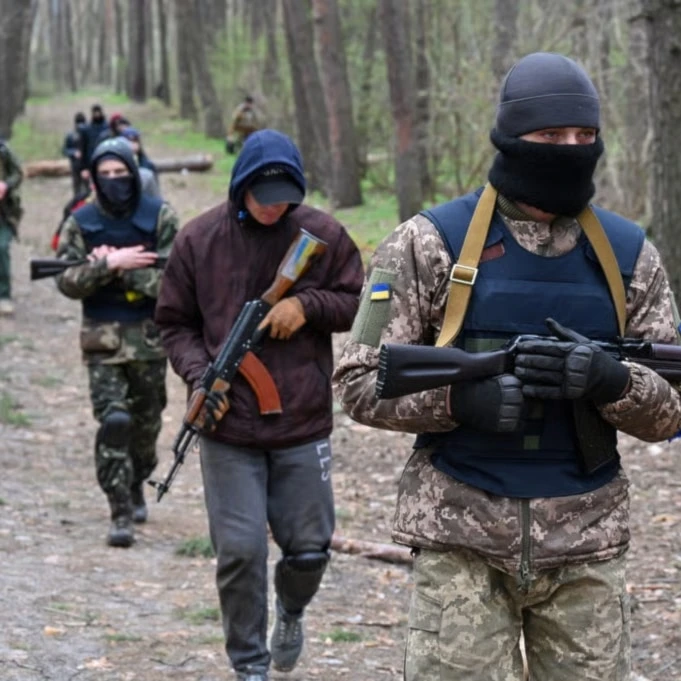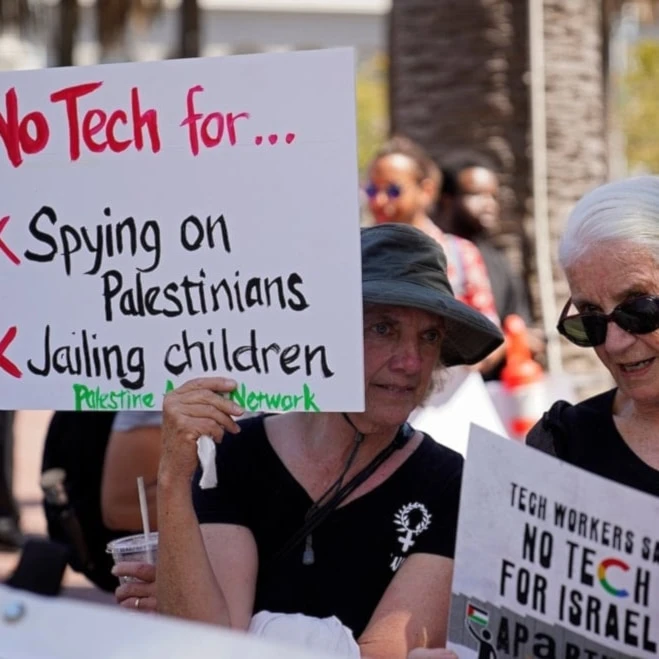Sushila Karki sworn in as Nepal’s prime minister after mass protests
Former Chief Justice Sushila Karki has been sworn in as Nepal’s new prime minister after deadly protests toppled the previous government.
-

"Gen Z" protest leaders and others raise their hands with former Supreme Court Chief Justice Sushila Karki, center, after she was sworn in as interim prime minister at the presidential residence in Kathmandu, Nepal, Friday, September 12, 2025. (AP Photo/Sujan Gurung)
Former Chief Justice Sushila Karki was sworn in Friday as Nepal’s prime minister, leading a six-month transitional government after deadly anti-corruption protests forced the previous leadership to resign.
The 73-year-old, Nepal’s first woman chief justice, took the oath of office from President Ram Chandra Paudel at a ceremony attended by diplomats and former leaders. “I, Sushila Karki... take an oath in the name of the country and the people to fulfil my duty as the prime minister,” she said.3
Parliament was dissolved following her appointment, with elections scheduled for March 5, 2026.
The crisis erupted earlier this week after security forces tried to suppress youth-led anti-corruption rallies. At least 51 people were killed in the worst violence since the civil war ended and the monarchy was abolished in 2008.
Protesters set fire to parliament, major government buildings, and a hotel, while more than 12,500 prisoners escaped during the unrest. The military regained control of the streets on Wednesday, enforcing a strict curfew in Kathmandu and other cities.
Read more: Nepal's Gen Z-led protests trigger political transition talks
Regional and international reactions
India welcomed the formation of the interim government, saying it hoped the appointment would “help foster peace and stability.”
The appointment of Sushila Karki as prime minister marks a historic moment for Nepal, symbolizing both the influence of youth-led protests and the nation’s search for stability after one of its bloodiest political crises in recent years.
Gen-Z protesters push for change
The rise of Gen-Z activists proved decisive in the leadership shift. Thousands used online platforms like Discord to debate next steps and rally around Karki as their preferred leader.
“It is a moment of victory... finally the power vacuum has ended,” said protester Amrita Ban. Youth group Hami Nepal declared on Instagram: “We did it. Honour the lives of those who sacrificed themselves for this moment.”
Outgoing Prime Minister KP Sharma Oli resigned Tuesday amid the turmoil. His whereabouts remain unknown. In his place, Karki will oversee the interim government until fresh elections are held in March 2026.
Authorities confirmed that at least 21 protesters were among the dead. Police reported that more than 100 stolen weapons have been recovered after being looted during the uprising.
Read more: Nepal jailbreak: Nearly 200 prisoners recaptured after mass escape
Residents of Kathmandu described days of fear and shortages under curfew, with many leaving homes briefly to buy essential supplies.
The protests began on September 4 following the government's decision to block access to major social media paltforms like Facebook, X, and YouTube following the respective company's decision to not comply with the nation's new regulations requiring official registration in the country.
Rights groups declared that these measures were implemented to allow the Napalese government to police online speech. However, the government had not taken measures against social media companies that complied with registration deadlines.

 3 Min Read
3 Min Read










